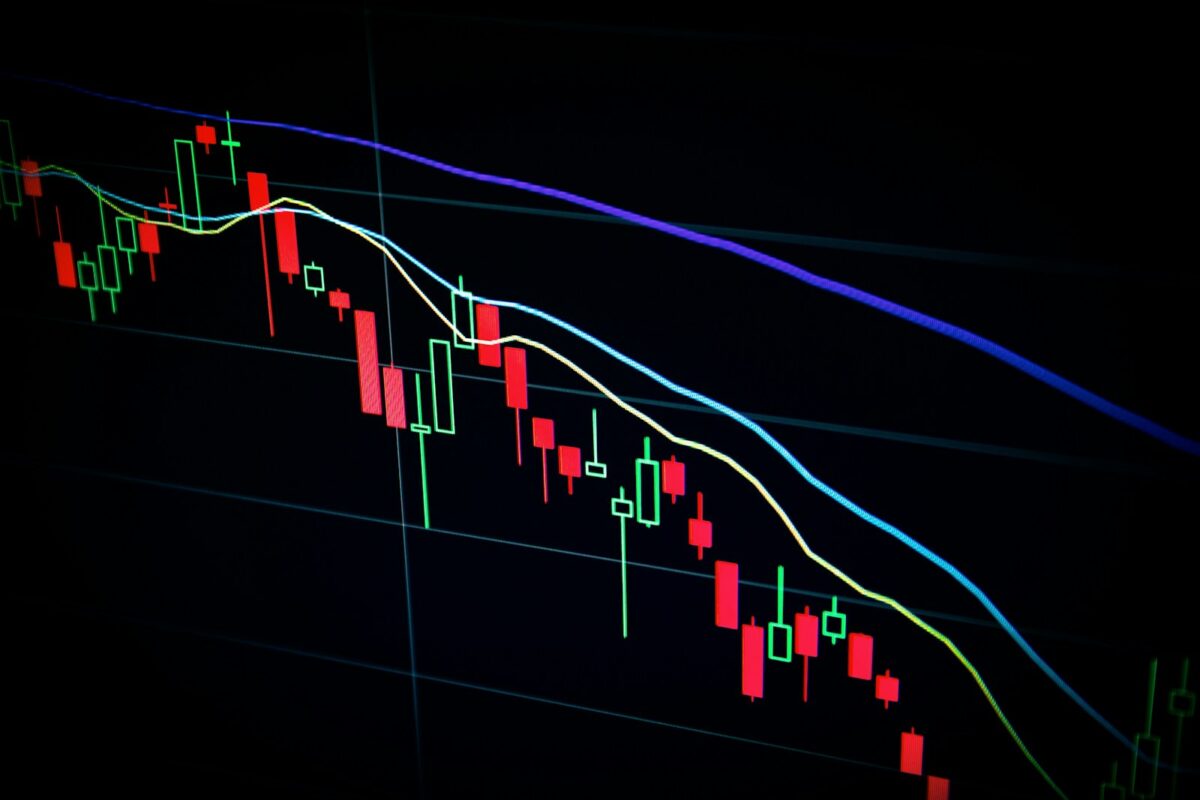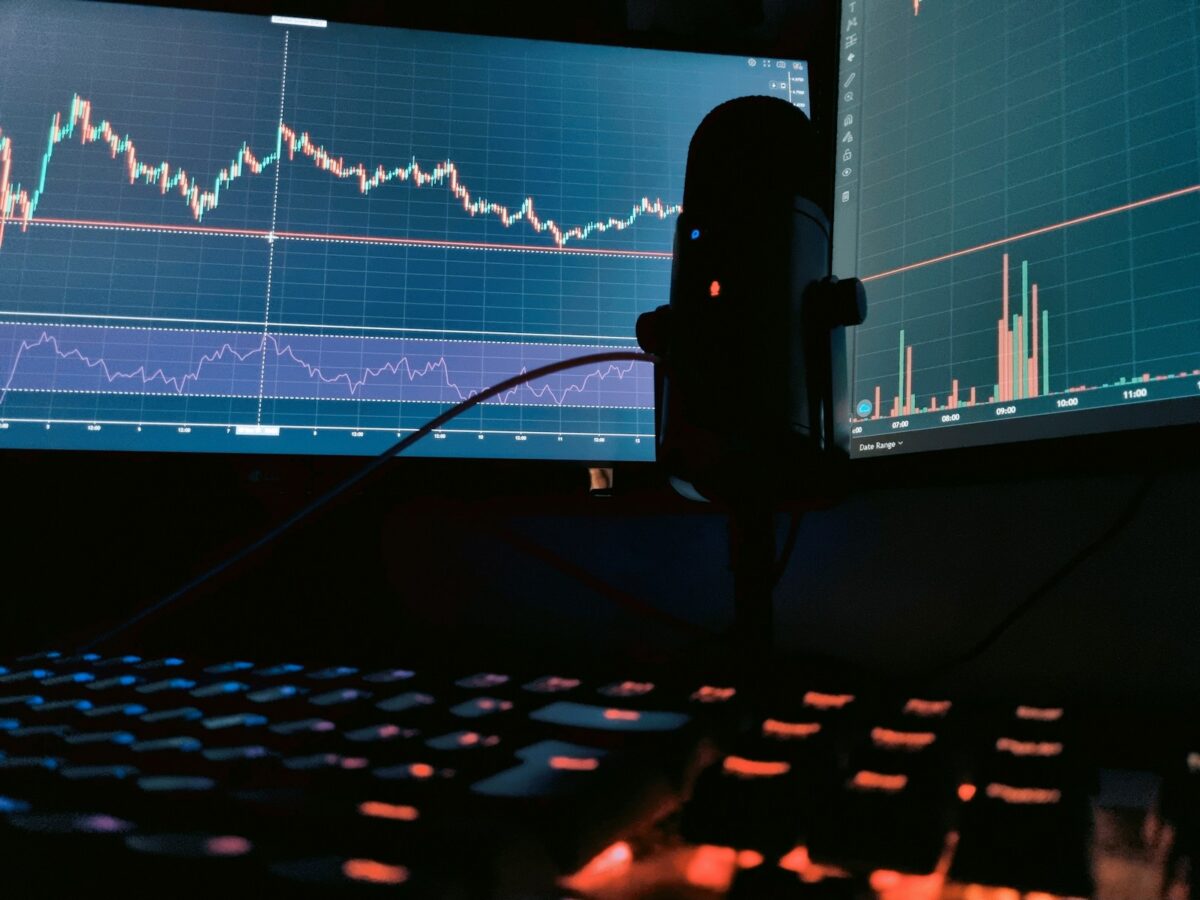
Avoiding wash trading

Exchanges must implement robust detection systems designed to distinguish between legitimate and fake transaction patterns that artificially inflate volume. Identifying circular or self-matched orders requires continuous monitoring of user behaviors, timestamps, and order book anomalies to ensure that reported activity reflects genuine market interest rather than deceptive practices.
The core protection against such manipulation involves deploying algorithmic analytics that flag suspicious sequences where a single entity simultaneously buys and sells identical assets. These mechanisms improve transparency by reducing the risk that inflated metrics mislead other participants about true liquidity and demand levels. Enhancing machine learning models with historical data from confirmed cases can refine accuracy in isolating coordinated trades.
Market participants should prioritize platforms with clear policies banning these artificial transactions and invest in tools enabling real-time alerts for unusual trading dynamics. Strengthening regulatory oversight aligned with advanced detection technology protects both retail and institutional investors while maintaining confidence in price discovery processes unaffected by contrived activity.
Safe Trading: Measures to Prevent Wash Practices in Cryptocurrency Markets
Ensuring legitimate market activity requires robust mechanisms to differentiate genuine transactions from fake operations intended to artificially inflate volume. Platforms must implement advanced detection systems capable of identifying patterns consistent with circular or self-dealing exchanges. These safeguards provide critical protection against price manipulation and preserve the integrity of digital asset marketplaces.
The primary objective is to monitor transaction flows and verify that each trade represents a real transfer of ownership rather than repetitive exchanges between colluding accounts. Failing to address these issues results in misleading metrics, distorting perceived liquidity and eroding investor confidence. Consequently, continuous refinement of analytical tools is indispensable for distinguishing legitimate activity from deceptive practices.
Technical Approaches to Identification and Prevention
An effective method for revealing manipulative behavior involves analyzing abnormal spikes in trading volumes that lack corresponding market signals such as news events or organic demand surges. Algorithms utilize criteria including repeated trades between identical or related wallet addresses within short time intervals, which serve as red flags for suspicious conduct. Machine learning models trained on historical datasets can enhance accuracy by recognizing subtle anomalies beyond simple heuristics.
Additionally, integrating on-chain data with off-chain order book information offers comprehensive visibility into participants’ interactions. Cross-referencing these sources permits verification of whether volume increases stem from fresh capital inflows or merely cyclical transfers designed to simulate market interest. This multi-layered analysis supports regulatory compliance and discourages entities from engaging in artificial volume inflation schemes.
A practical example includes decentralized exchanges implementing smart contract-based restrictions that limit frequent reciprocal swaps between connected accounts or impose cooldown periods preventing rapid re-trading of identical tokens. Such technical barriers reduce opportunities for exploitation while maintaining user autonomy and decentralization principles. Continuous monitoring coupled with dynamic rule adjustments ensures adaptability against evolving circumvention tactics.
Effective protection also depends on educating users about the risks associated with inflated volumes and manipulation attempts. Encouraging due diligence and skepticism towards unusually high liquidity figures fosters a more informed community capable of resisting deceptive signals. Combining transparent reporting practices with rigorous enforcement policies forms a comprehensive defense against fraudulent market behaviors.
Identifying Wash Trading Patterns
Detection of artificial volume inflation requires a meticulous analysis of transactional data to distinguish between genuine market activity and manipulative behavior. Exchanges should implement algorithmic monitoring that tracks repetitive buying and selling cycles within short timeframes, especially when identical entities appear on both sides of transactions. Such cyclical patterns frequently signal attempts to fabricate liquidity and deceive market participants.
One effective approach involves cross-referencing wallet addresses with known clusters linked to market makers or suspected manipulators. When multiple trades originate from related accounts engaging simultaneously at similar price points, this correlation often indicates orchestrated schemes to produce misleading volume metrics. Comprehensive datasets combined with machine learning models enhance the accuracy of this identification process.
Technical Indicators and Behavioral Red Flags
Volume anomalies serve as key indicators in recognizing deceptive exchange activity. Sudden surges in trade counts without corresponding changes in order book depth or price movement suggest the creation of fake liquidity. Additionally, abnormally consistent trade sizes repeated across hundreds or thousands of orders may reveal automated scripts designed specifically for manipulation.
Order book dynamics also provide insights into abnormal conduct. Frequent order placement and cancellation–known as spoofing–combined with rapid execution among colluding accounts distort natural supply-demand balances. Protection mechanisms should flag such irregularities by setting thresholds for cancellation rates and minimum holding times before an order is eligible for execution.
The implementation of time-series analyses uncovers temporal clustering where bursts of transactions occur at precise intervals, often aligning with strategic attempts to inflate reported metrics during critical periods like token launches or regulatory audits. Detection frameworks applying entropy measurements can quantify unpredictability; lower entropy values typically indicate coordinated actions rather than organic trading flows.
The role of decentralized exchanges (DEXs) introduces additional complexity due to the transparent yet pseudonymous nature of blockchain transactions. While all on-chain activities are publicly visible, distinguishing legitimate liquidity provision from manipulation demands integrating off-chain intelligence such as IP address correlations and user behavior analytics.
Ultimately, protection against fraudulent volume manufacturing relies on continuous refinement of detection algorithms, combining both statistical methods and heuristic rules tailored to specific exchange environments. Transparency initiatives encouraging comprehensive audit trails empower regulators and market participants alike, fostering trust through accountability while mitigating risks inherent in digital asset markets.
Tools for Trade Verification
To identify legitimate market activity and mitigate manipulation risks on cryptocurrency platforms, robust verification tools analyze transaction data to distinguish genuine volume from fabricated figures. Exchanges employ advanced algorithms that cross-reference order book dynamics with executed trades, flagging suspicious patterns indicative of artificial volume inflation. These systems utilize metrics such as trade frequency, order size distribution, and counterparty diversity to assess authenticity, enabling protection against deceptive practices that distort market perception.
One effective approach involves blockchain analytics combined with machine learning models trained to detect repetitive self-trading or circular transactions commonly used to simulate liquidity. By tracing wallet addresses and their interaction histories, these tools uncover networks of coordinated actors executing orders between controlled accounts. Such forensic examination helps isolate fake activity designed to manipulate perceived demand or supply, thereby supporting compliance teams and regulators in enforcing transparent marketplace behavior.
Technical Methods and Case Studies
Volume anomaly detection systems leverage statistical benchmarks derived from historical trading data to identify deviations beyond normal variability thresholds. For example, a sudden surge in traded volume without corresponding price movement often signals manipulation attempts. In 2021, analysis of a major exchange revealed clusters of microtrades with identical timestamps across multiple pairs, suggesting orchestrated efforts to inflate asset attractiveness artificially. Implementing real-time monitoring dashboards allowed the platform to suspend implicated accounts promptly, reducing exposure to misleading volume statistics.
Furthermore, decentralized finance protocols integrate smart contract-level verification that enforces minimum time intervals between user-initiated swaps or imposes slippage limits preventing rapid circular transactions. These on-chain protections complement off-chain surveillance by ensuring automated safeguards directly within the transaction execution layer. Combining these technical defenses creates a multilayered shield enhancing ecosystem integrity while fostering trust through demonstrable commitment to filtering out non-legitimate interactions.
Regulatory rules to follow
Regulators mandate that cryptocurrency exchanges implement robust volume verification processes to distinguish legitimate market activity from artificial inflation. This includes continuous monitoring of transaction patterns to detect suspicious repetitions that may indicate fake volume generation, a common tactic in market manipulation. Ensuring accurate volume reporting protects investors by reflecting true liquidity and market depth.
Effective detection systems rely on algorithmic analysis combined with manual audits. Exchanges are required to maintain transparent logs of trades, timestamps, and participant identities where possible, facilitating forensic examination of potentially coordinated actions designed to simulate demand or supply. Such technical oversight strengthens regulatory compliance by exposing attempts at deceptive behavior.
Key Principles for Compliance and Market Integrity
Exchanges must adhere to strict Know Your Customer (KYC) and Anti-Money Laundering (AML) protocols to prevent collusion among accounts controlled by the same entity. Regulatory frameworks often specify thresholds for unusual trade volumes or repetitive transactions within short intervals, triggering alerts for further investigation. These measures limit opportunities for creating false impressions of market interest through self-dealing schemes.
The implementation of real-time monitoring tools enhances protection against price distortion tactics. For example, utilizing machine learning models trained on historical data allows detection of outlier trading sequences inconsistent with organic market behavior. Regulators encourage exchanges to adopt such technologies as part of their operational risk management strategies.
In addition, mandatory disclosure requirements compel platforms to report significant shifts in trading patterns or sudden surges in asset turnover possibly linked to coordination among traders. Transparent communication with regulators ensures timely intervention before manipulation adversely affects market confidence or investor decisions.
A practical case is the investigation into certain decentralized exchanges where automated bots generated inflated volumes by simultaneously buying and selling assets across multiple accounts without genuine economic risk. Regulatory responses included suspension of affected pairs and imposition of penalties, underscoring the necessity for continuous vigilance and technological upgrades in surveillance mechanisms.
Conclusion: Manual Strategies for Mitigating Volume Manipulation on Exchanges
Prioritizing manual scrutiny of trading activity is fundamental to strengthening protection against artificial volume inflation and market distortion on cryptocurrency exchanges. By implementing structured detection protocols–such as cross-referencing order book patterns, timing anomalies, and account linkage analysis–analysts can isolate suspicious cycles indicative of fake transactions designed to mislead market participants.
The effectiveness of these interventions depends on a granular approach that differentiates between legitimate liquidity provision and covert manipulative schemes. For example, identifying repetitive self-crossing orders or round-trip trades executed within narrow timeframes allows human experts to flag orchestrated volume surges that automated systems may overlook without contextual judgment.
Key Technical Insights and Future Directions
- Multi-layered Data Correlation: Combining on-chain data with off-chain exchange records enhances the accuracy of detecting deceptive activity, revealing hidden relationships among wallet addresses controlling multiple accounts.
- Behavioral Pattern Recognition: Establishing baselines for normal trading behavior per asset class enables dynamic thresholds that adapt to evolving manipulation tactics without generating excessive false positives.
- Collaborative Intelligence Sharing: Coordinated efforts between exchanges, regulators, and independent analysts will amplify detection capabilities by pooling suspicious indicators across platforms.
- Incremental Integration of AI Assistance: While manual inspection remains critical, deploying machine learning models trained on curated datasets can augment expert workflows by prioritizing high-risk cases for review.
The broader impact of refining manual detection methodologies lies in fostering more transparent markets where volume metrics reflect genuine demand rather than contrived impressions. As exchanges continue innovating their infrastructure, embedding these protective measures at protocol and interface levels could automate preliminary filtering while preserving expert oversight for nuanced judgments. Such synergy promises a future environment where authenticity prevails over fabricated signals, empowering investors with clearer insights into asset liquidity and market health.


